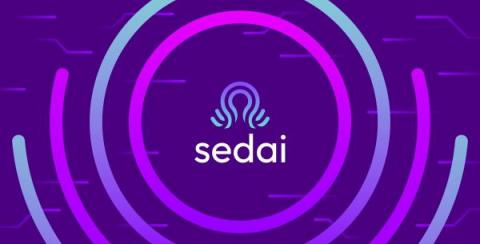Operations | Monitoring | ITSM | DevOps | Cloud
Latest News
Azure Stateful Node is now in General Availability
Azure Storage - All Subscriptions listed by Size
As a Microsoft Azure user, it’s essential to keep track of your storage usage to prevent exceeding your storage limits or wasting resources. In this article, we’ll guide you on how to get the total size of storage used in Azure per subscription.
Understanding Hyper-V Checkpoints: A Comprehensive Guide
Hyper-V is a virtualization platform developed by Microsoft that allows users to create and manage virtual machines (VMs) on Windows operating systems. One of the features of Hyper-V is checkpoints, which allow users to capture the state of a VM at a particular point in time. Hyper-V checkpoints are essential for many tasks, such as testing software in a safe and isolated environment, creating backups of virtual machines, and rolling back a virtual machine to a previous state if something goes wrong.
Rethink your Cloud strategy in 2023
Gartner forecasts that worldwide end-user spending on public cloud services will grow 20.7% from $490.3 billion in 2022 to $591.8 billion in 2023. By 2026, the Public Cloud market will double its size today to $1 trillion, also predicted by Gartner. AWS, Microsoft Azure, and Google Cloud all maintained double-digit growth in Q4 2022, especially Google Cloud grew 32% to $7.32 billion. CDN giant Akamai also unveiled Akamai Connected Cloud and New Cloud Computing Services on Feb 14, 2023.
Get More Context about your Cloud Services with Sentry
A Sentaur who uses Sentry to build Sentry wanted to know where a specific service associated with an issue was being hosted in our cloud environment. This prompted us to create a new cloud data gathering feature for our Python SDK, which is available to everyone now, and not just Sentaurs.
SCCM Software Center Cannot Be Loaded: How to Troubleshoot the Issue?
System Center Configuration Manager (SCCM) is an enterprise-level tool that allows IT administrators to manage software and updates on a large number of devices. However, sometimes users encounter an issue where the software center in SCCM cannot be loaded. This error can prevent users from accessing software, updates, and other features, causing frustration and productivity loss.
How to track the failures in microservice applications?
Amazon Kinesis Pricing Explained: A 2023 Guide To Kinesis Costs
Autonomously optimize AWS Lambda deployments with Sedai and Datadog
In dynamic production environments, unpredictable traffic loads and frequent code changes can make it difficult for organizations to consistently optimize their cloud infrastructure, resulting in application performance issues, latency, and wasted cloud spend. Teams that manage large-scale cloud infrastructure deployments are often forced to tune their workloads’ configurations using a complicated mesh of script jobs—or worse, manual remediation by on-call engineers prompted by alerts.











